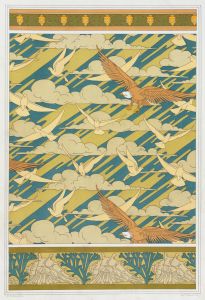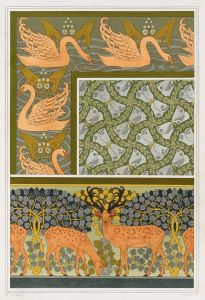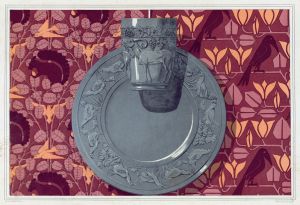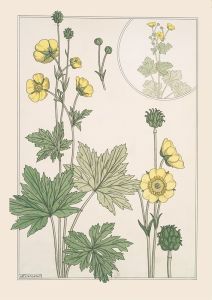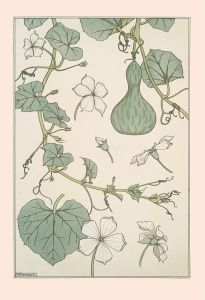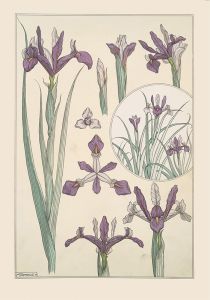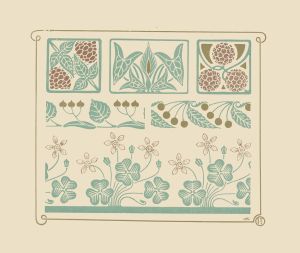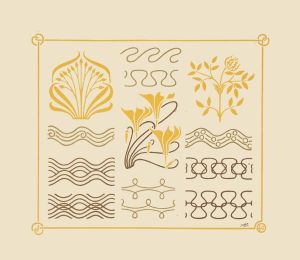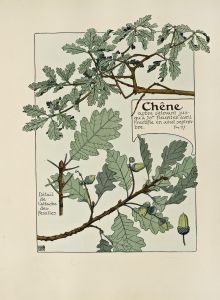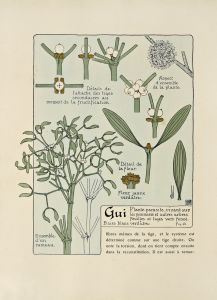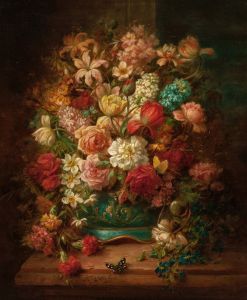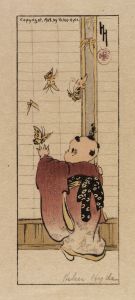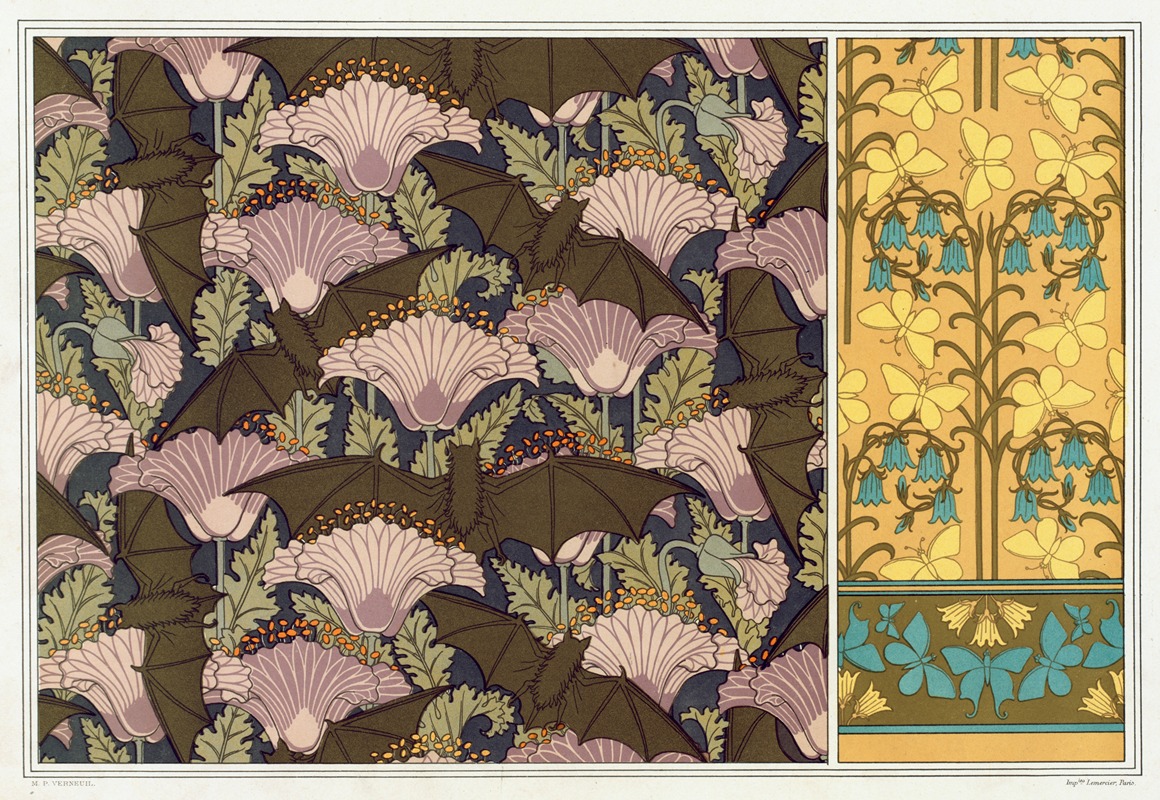
Chauves-souris et pavots, tenture. Papillons et campanules, papier peint.
A hand-painted replica of Maurice Pillard Verneuil’s masterpiece Chauves-souris et pavots, tenture. Papillons et campanules, papier peint., meticulously crafted by professional artists to capture the true essence of the original. Each piece is created with museum-quality canvas and rare mineral pigments, carefully painted by experienced artists with delicate brushstrokes and rich, layered colors to perfectly recreate the texture of the original artwork. Unlike machine-printed reproductions, this hand-painted version brings the painting to life, infused with the artist’s emotions and skill in every stroke. Whether for personal collection or home decoration, it instantly elevates the artistic atmosphere of any space.
Maurice Pillard Verneuil (1869–1942) was a French artist and designer known for his contributions to the Art Nouveau movement. He specialized in decorative arts, including wallpaper, ceramics, and textiles, and was particularly renowned for his use of natural motifs such as plants, flowers, and animals in his designs. One of his notable works is Chauves-souris et pavots, tenture. Papillons et campanules, papier peint, which translates to "Bats and Poppies, tapestry. Butterflies and Bellflowers, wallpaper."
This work exemplifies Verneuil's characteristic style, which often drew inspiration from the natural world and incorporated intricate patterns and vibrant colors. The piece is divided into two distinct designs. The first, Chauves-souris et pavots (Bats and Poppies), features a tapestry-like composition with bats and poppy flowers. The second, Papillons et campanules (Butterflies and Bellflowers), is a wallpaper design that showcases butterflies and bellflowers. Both designs reflect the Art Nouveau aesthetic, which emphasized organic forms, flowing lines, and the integration of art into everyday life.
Verneuil's work was heavily influenced by Japanese art, particularly ukiyo-e woodblock prints, which became popular in Europe during the late 19th century. This influence is evident in the stylized depiction of the natural elements and the harmonious balance between the subjects and their surroundings. The use of bats, a less conventional motif in Western decorative arts, demonstrates Verneuil's innovative approach to design and his willingness to explore unconventional themes.
The designs were likely intended for use in interior decoration, as was typical of Verneuil's work. During the Art Nouveau period, artists and designers sought to create cohesive environments where architecture, furniture, and decorative elements worked together to form a unified artistic vision. Verneuil's wallpapers and tapestries would have contributed to such interiors, adding a sense of elegance and sophistication.
Maurice Pillard Verneuil's contributions to the decorative arts extended beyond his own creations. He also authored several books on design and ornamentation, sharing his knowledge and promoting the principles of Art Nouveau. His works remain celebrated for their artistic merit and their role in shaping the decorative arts of the early 20th century.
Specific details about the creation date or the current location of Chauves-souris et pavots, tenture. Papillons et campanules, papier peint are not readily available. However, the designs are representative of Verneuil's broader body of work and his enduring legacy in the field of decorative arts.





